3 min read
Micro Branches and the Future of Client-First Banking Services
Bruce Allen Eastwood : Sep 23, 2021
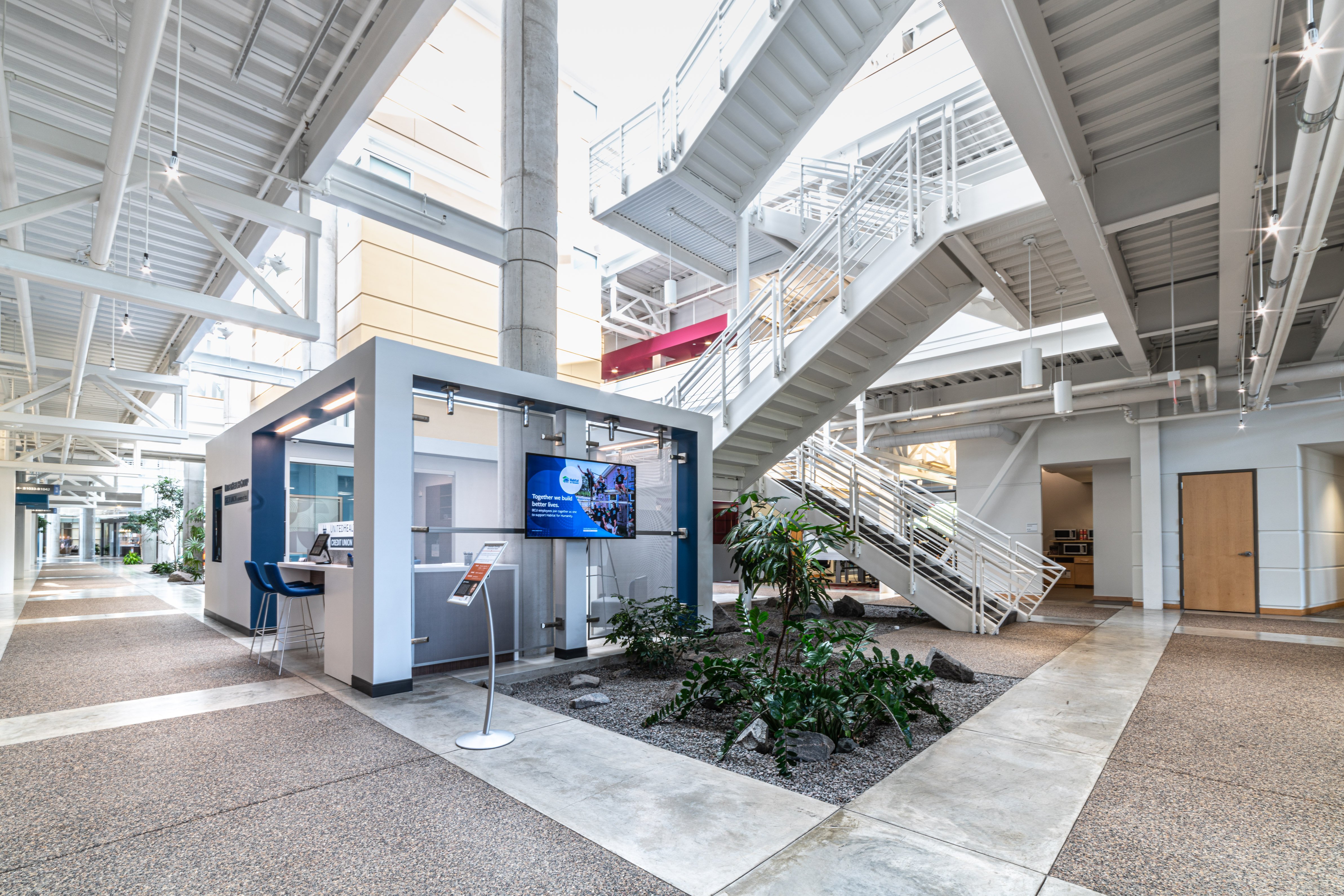
What Is a Micro Branch?
Ranging from about 150 sqft up to 1500 sqft micro branches are typically much smaller than other branches in your branch network, but still offer most of the services. Micro branches are best used to increase your reach while keeping costs down. When you have a pocket within your market that needs access to a branch and is in a high traffic area where real estate space is precious.
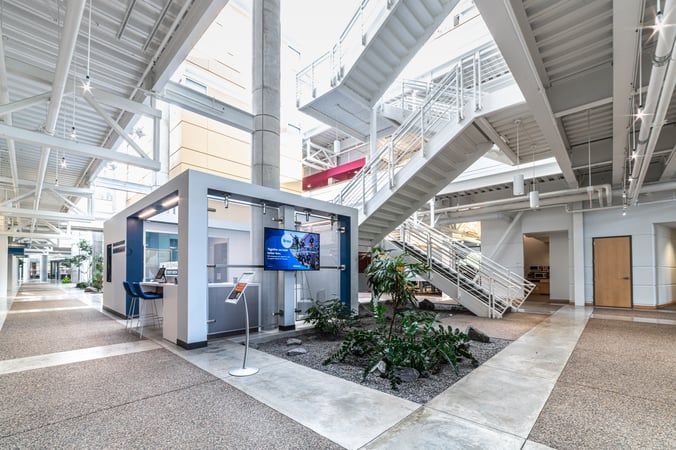
Why Should I Add a Micro Branch to My Strategy?
“Branches are still important, but they’re going to be less of a place where people go for transactions and more for advice and consultation. Therefore, they don’t need to be as large.” -Andy Cecere, U.S. Bank CEO.
Chase Bank continues its $20 billion investment of adding 400 new branches over the next few years. And not surprisingly, Chase is still finding that 60% to 70% of new accounts are opened in branches. Consumers want variety and while mobile adoption has increased, many still prefer a physical location.
Nearly 60% of consumers want to visit a branch when making a purchase and/or talk to a real person to get advice (EY). And 44% of consumers say they would not trust a bank without branches (EY). So, what gives? How can you satisfy the need for physical locations, while still being conscious of trends and costs? You got it. Shrinking a few branches in your network can have a BIG payoff.
SPEED TO MARKET
Timelines for tenant improvement (TI) micro branches average 6-12 months (or less with an experienced micro-branch-turnkey builder that has a ready-to-go micro branch called Junxion...ahem shameless plug for DBSI) while full-sized branches can take twice as long. If you’re not working with a huge budget or timeline, or if you’re in a rush to saturate the market before competitors do, a micro branch can cut the timeline of your future branch in half.
FEWER FULL-TIME EMPLOYEES
A micro branch requires, on average, 61% lower operating costs compared to traditional branches. With a smaller space also comes the need for less staff to run it. Where a typical branch is staffed with anywhere from 5-8 FTE (full-time employees), a micro branch can be operated by 1-4 FTE. That’s an average annual reduction of $193,540. And you may be thinking to yourself: “I can have a branch operate with only one associate? How?!” The answer: universal associates.
COST SAVINGS
Unless you’re a digital-first institution, your branch and ATM networks are probably your largest expenses next to staffing. And unused space is costly, so if you don’t have lines of people waiting in your branches, it’s probably wasted space. The good news, micro branches deliver cost savings in two big ways. Call it the scientific Law of Micro-Branches, these spaces cost less to build due to their smaller size. Our research uncovered that the cost is 33% less on average.
CONVENIENCE FOR YOUR CLIENTS
As a micro branch builder, a common theme we often hear from financial executives is the desire to offer added client convenience with locations that are easy to reach. But as we often know, prime locations often come at prime price tags. Micro branches can fit into unconventional locations that are more convenient and less expensive. Examples? We’ve placed micro branches inside restaurants, office buildings, on college and high school campuses, inside strip malls, and the list goes on.
What do the experts think about micro branches?
Location decisions are driven by many variables. For example, the current branch locations in the network, the lease opportunities, the demographics of the area, and the median household income, to name just a few. However, the key to all the variables is visibility. Being in a high-traffic area, whether that means vehicles or foot traffic, gets the visibility you need to attract new clients. Now is that enough to be truly successful? Having a highly visible presence is the first step, however, most likely the location must compete with many other retailers.
“Having a functional branch offering of what your consumers want, along with an aesthetically pleasing branch with your branding to stand out from competitors is the answer. The beauty of a micro branch is that you can fit one almost anywhere.”
- B.A. EASTWOOD BANKING TRANSFORMATION EXPERT, REGISTERED ARCHITECT
From a grocery store to a particular corporate segment that you serve, to a fitness center where there’s a large amount of traffic throughout the day, the micro branch can “reach out” to new client opportunities, while still serving current clients where they want to do their banking. Micro branches are also a great mechanism to test new markets. With a relatively low investment, you can get a micro branch up and running much quicker than a typical branch. And if things don’t work out much of the collateral within the branch can be relocated to another location.
What do micro branches look like out in the wild?
Here are a few of our favorite recent micro-branch projects.
BCU $3B Illinois-based credit union and an institution voted one of the Nation’s Top 100 Credit Unions, it’s no surprise BCU is finding creative ways to get closer to their members and offer even more convenience through micro branch concepts. This micro branch is small enough to fit inside a 640 sqft staircase corridor of a United Health Group (UHG) corporate office building, while still offering a full-service branch model that only required two full-time employees to serve the 2,200 UHG employees.
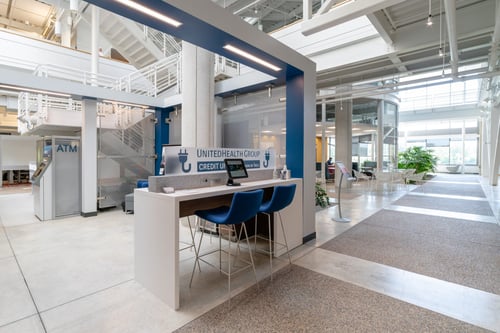
Texas Tech Located in the heart of Lubbock, Texas Tech Credit Union was a vibrant brand boxed into outdated branches. They needed an efficient way to grow their HQ at the same time. This remodel was inside their existing branches turning it into a fully functioning micro branch in just 518 sqft.
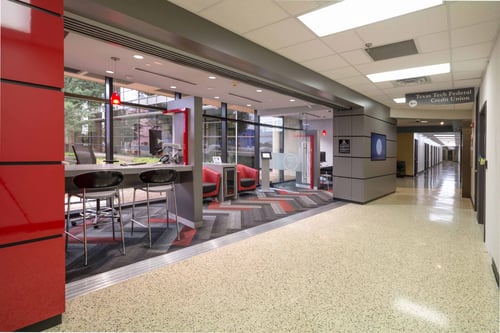
USC Credit Union was eager to expand its reach and open its first off-campus location—an 800 square foot micro-branch concept. When the perfect spot found them sooner than expected, they jumped on it and quickly signed a lease.
/USC_2.jpg?width=500&name=USC_2.jpg)

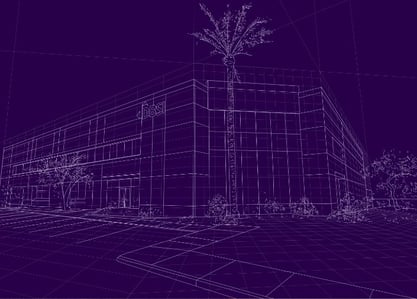












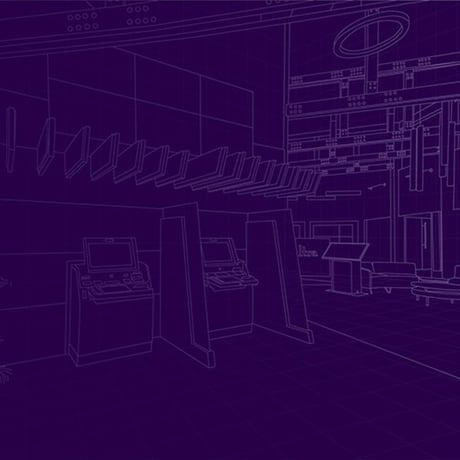
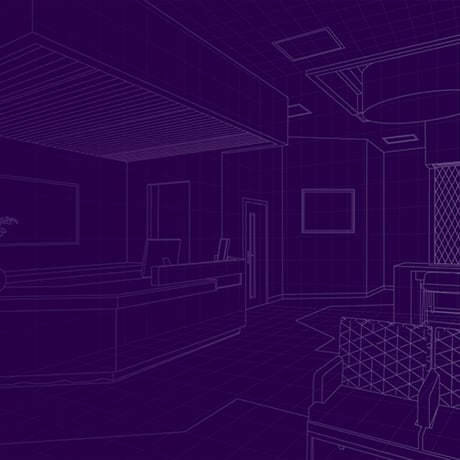

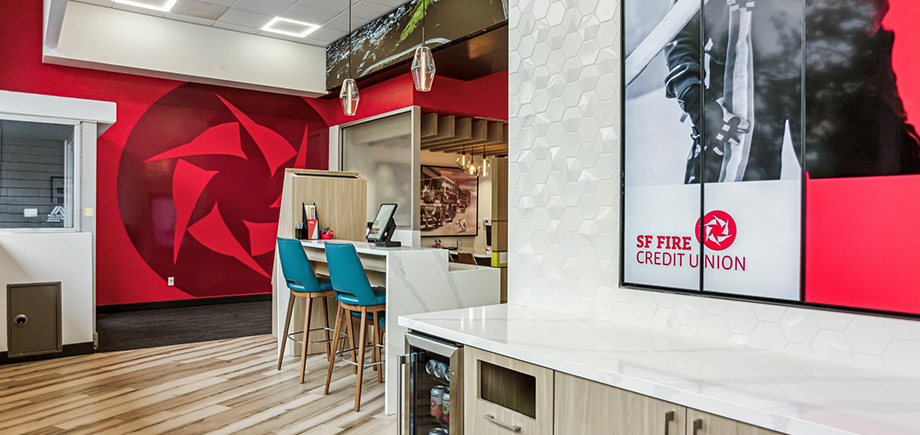
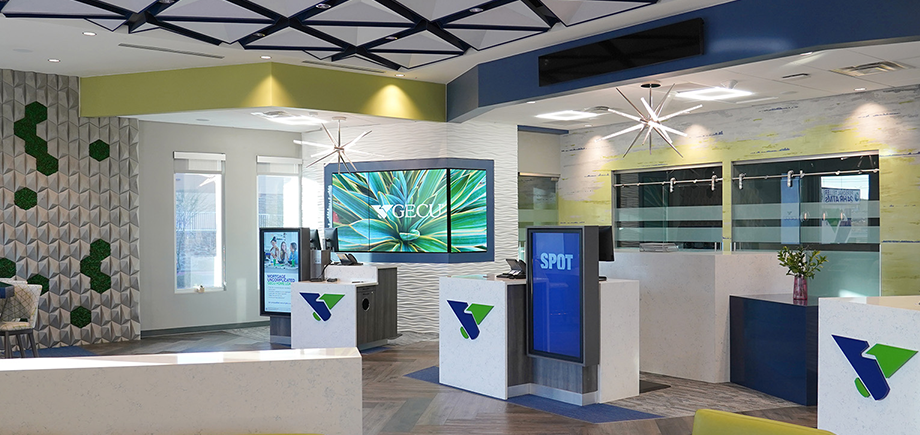





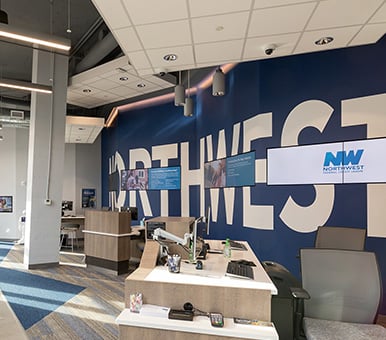
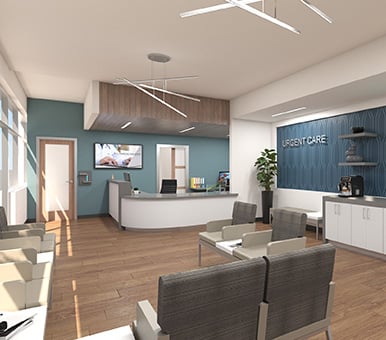







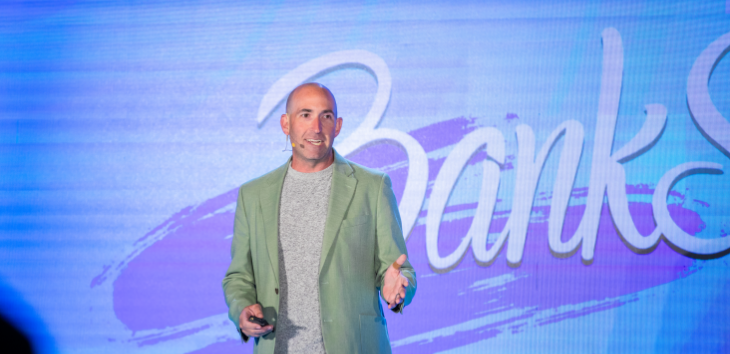

-1.png)
-4.png)
